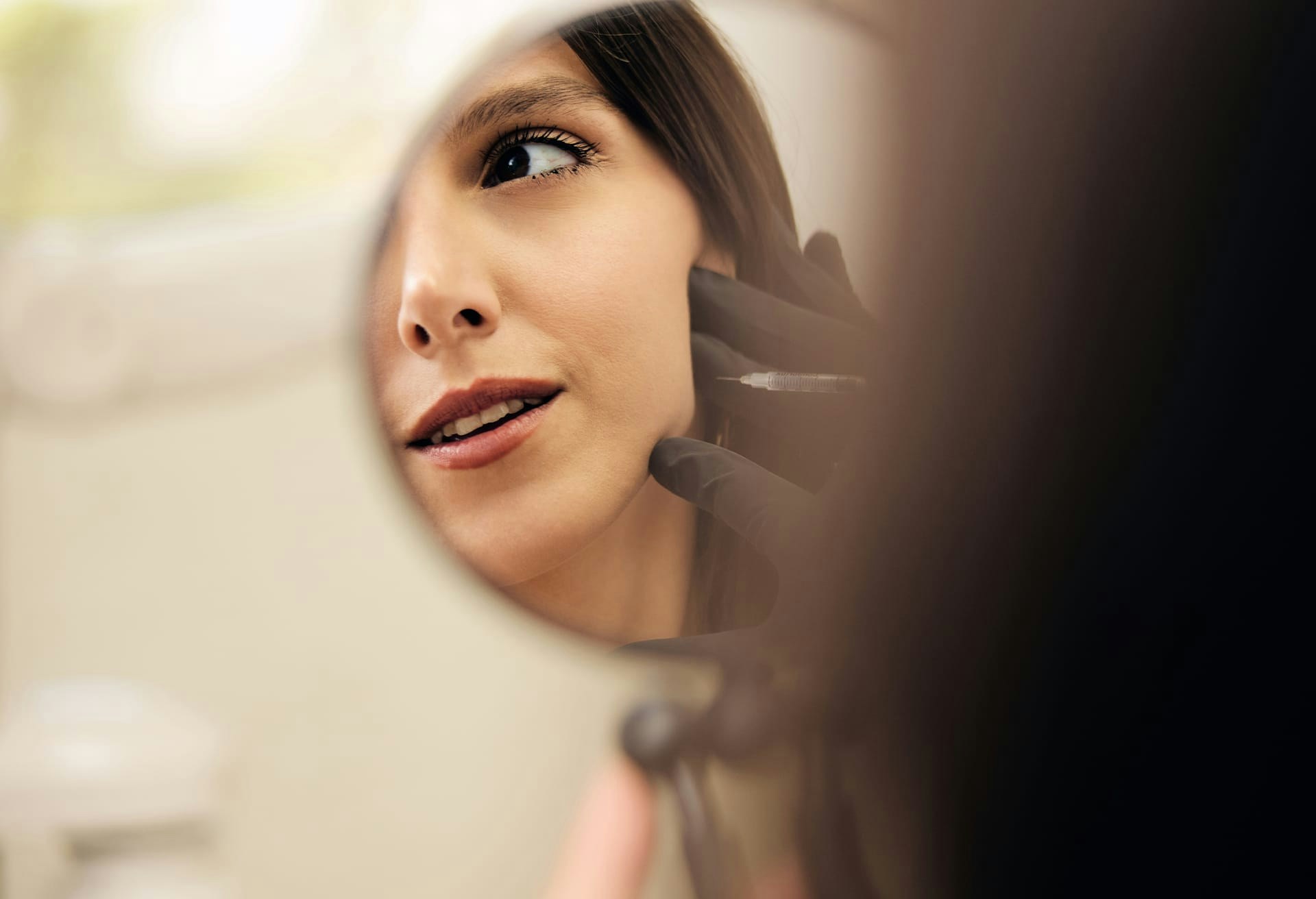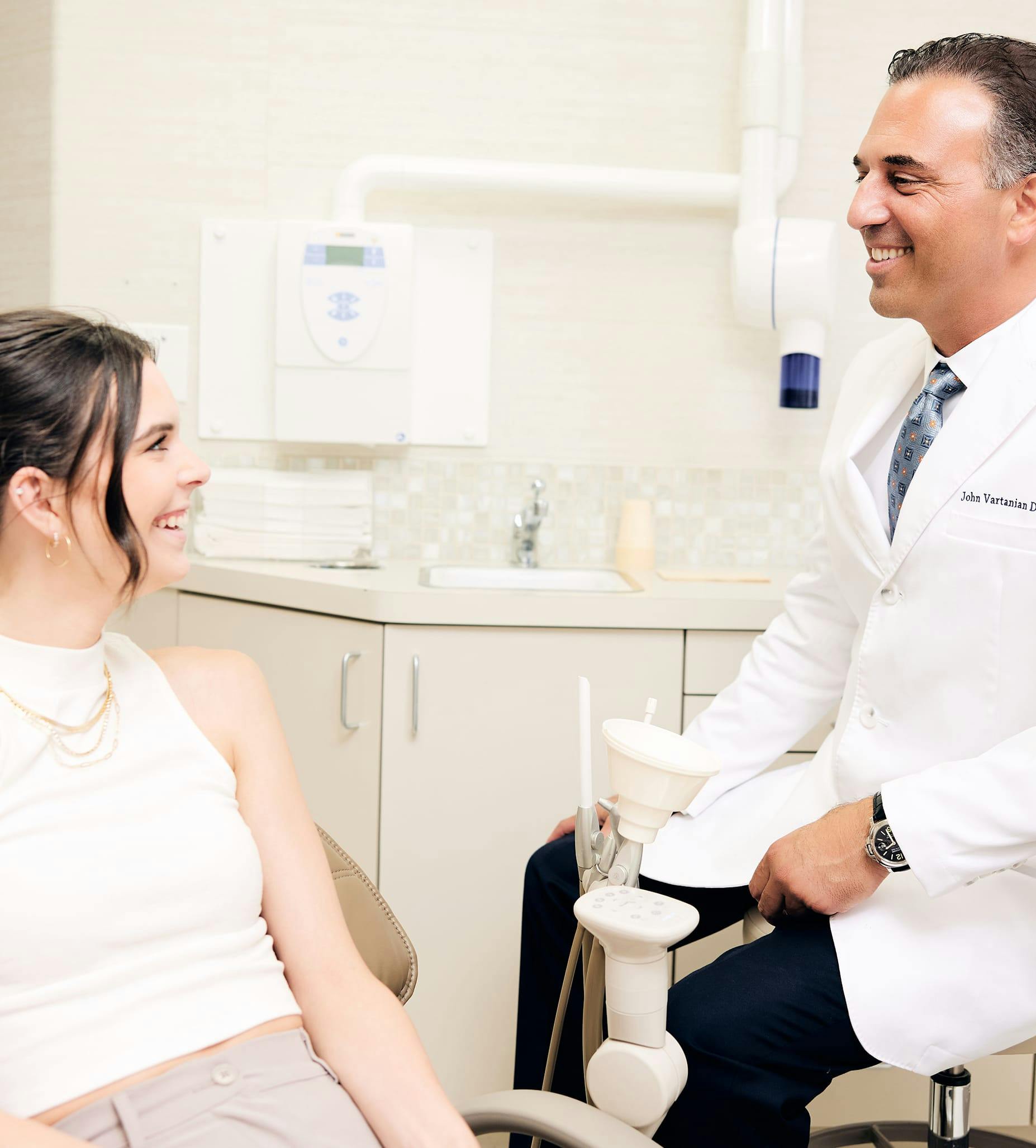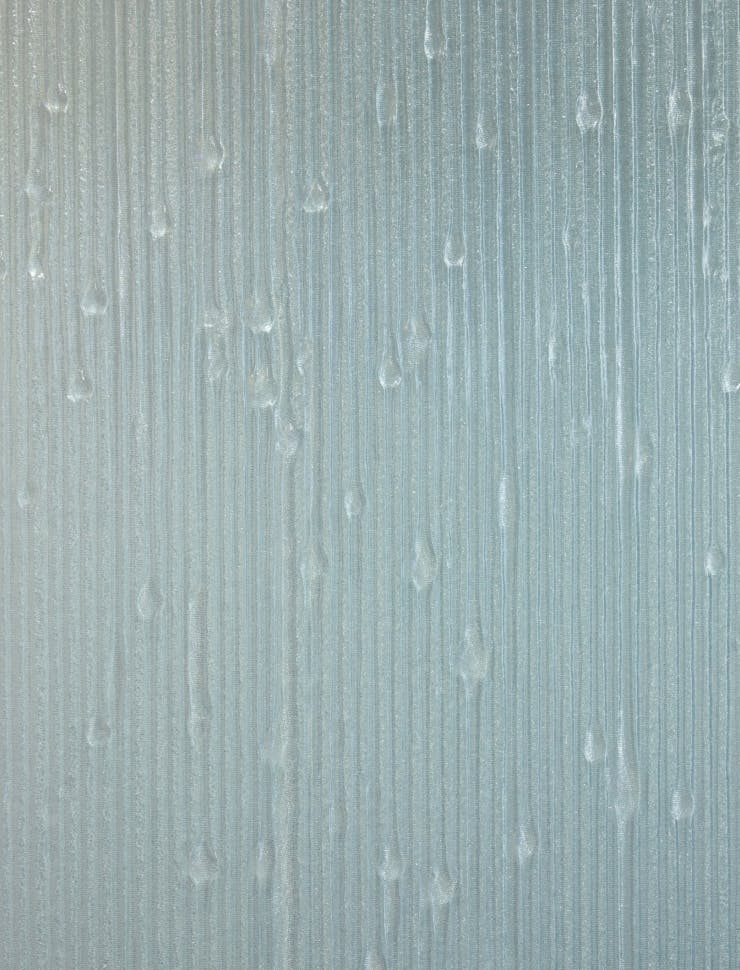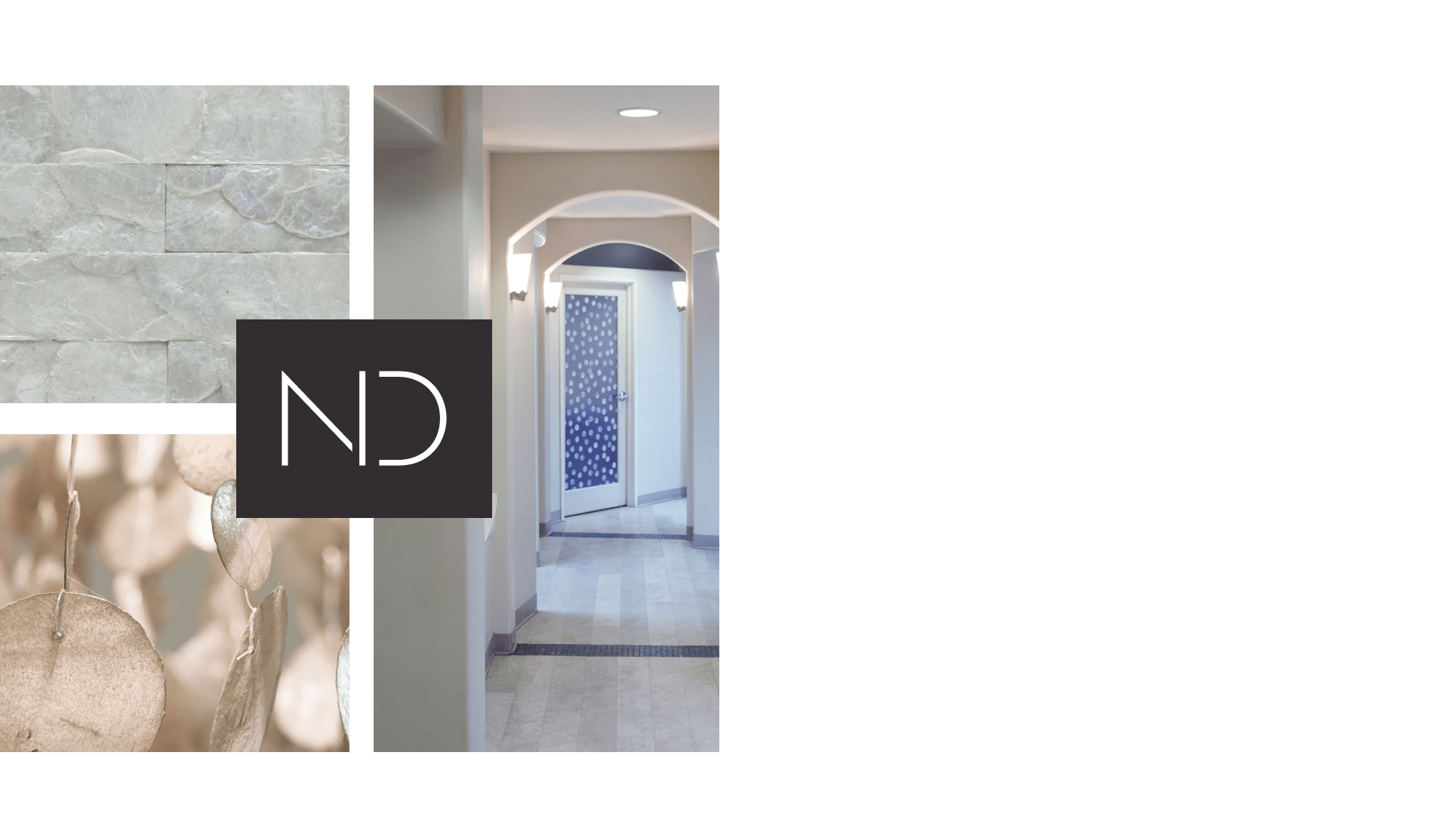Dr. Vartanian has safely and effectively used splint therapy and BOTOX to treat chronic myofascial and TMJ pain for years.
What are signs of TMD?
- Headaches
- Jaw discomfort or soreness
- Pain in the face, shoulder, neck, or ears
- Clicking, popping, or locked jaw
- Teeth clenching or grinding
- Teeth sensitivity without signs of periodontal disease





